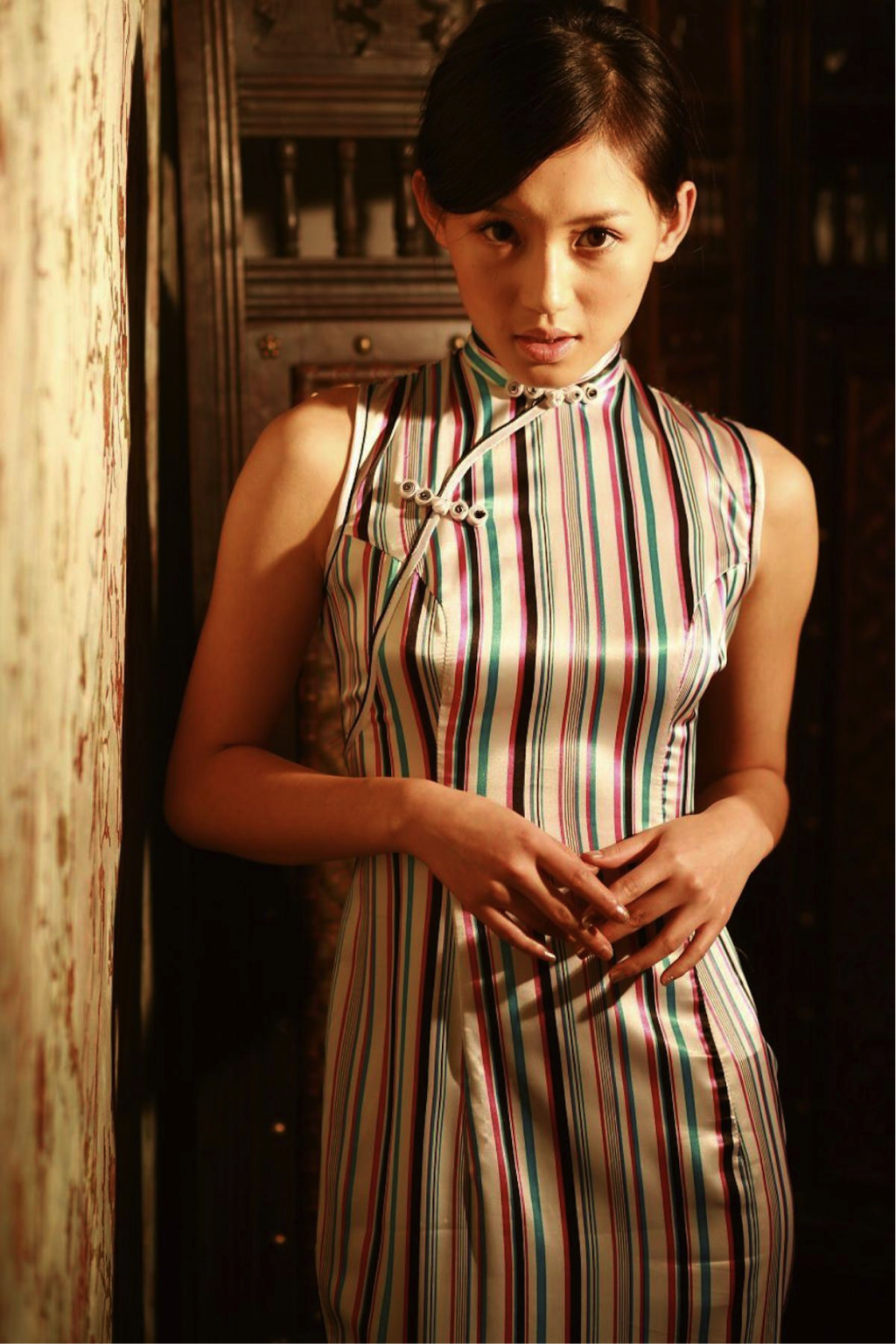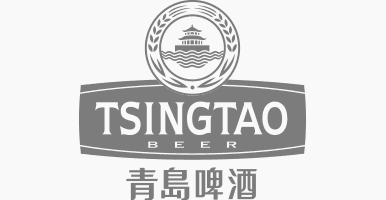Despite the countless dynasties and the long line of rich history China is known for, it seems that the most common impression of the traditional Chinese attire is in fact the Qipao. This shows quite a big difference from the more traditional garments China’s neighbouring countries are known for – such as the Japanese Kimono and the Korean Hanbok – where their pieces can be traced back to centuries ago whereas in comparison, the Qipao was in fact only popularised as recent as the 1930s.
The traditional Qipao was first derived from the garments of the Manchu, a population that mostly resided in the northeast of China, during the late Qing dynasty. It was then later modernised to showcase a more simplistic yet elegant and somewhat timeless design. The dress was particularly embraced and made popular by the socialites of Shanghai in the 1920s due to the flattering style that showed off the feminine silhouette as well as the elegance and confidence it brought with it. The trend eventually spread throughout the entire country by the ‘30s and became the iconic dress it is today. It was an era of glamour, just like it was in America, and the exquisite design of the form fitting dress did not go unnoticed by the west.
With its high-necked mandarin collars, sleek silhouettes and bespoke tailoring, not only has the Qipao been seen on a variety of celebrities at events and on the red carpet, but it has also been the source of inspiration to many fashion designers and labels to date. This fusion of culture in fashion was particularly celebrated earlier this year at the Met Gala, a yearly, exclusive fashion event chaired by Anna Wintour that also marks the opening of their annual exhibition at the Metropolitan Museum of Art in New York. This year’s theme paid particular homage to the influences of Chinese culture to western fashion with their theme titled “China: Through The Looking Glass”, which coincides nicely with the centenary of the Met Museum’s Asian department.
Aside from the spectacular exhibition housed within the Costume Institute of the museum – featuring past collections from designers such as John Galliano, Tom Ford and Roberto Cavalli who had all paid tribute to Chinese culture – it was at the Met Gala red carpet that featured the most fascinating and alluring renditions of the traditional Qipao. One of the most notable designs was adorned by Chinese actress Zhang Ziyi who wore a custom ivory gown designed by Carolina Herrera. The elegant piece featured a Qipao-inspired collar embellished with floral brooches, and a sleek but structured ball skirt. It gave the Qipao a 21st century, red carpet glamour twist whilst still maintaining the elegance a Qipao is symbolic for. Meanwhile Gong Li, also a famous Chinese actress who also co-chaired this year’s Met Gala, wore a more traditional adaptation of the traditional dress by Roberto Cavalli but was just as sensually glamorous with the use of black lace, burgundy velvet and the unmissable, intricate embroidery on the back.

Of course, that does not mean to say Qipaos are unfit to be worn in everyday circumstances in the 21st century anymore. During the recent four-day visit to the UK by Chinese President Xi Jingping and his wife Peng Liyuan, the Chinese first lady once again proved to everyone that the Qipao is just as versatile and suitable for everyday wear as it was in the 1930s with her refined sense of fashion. Seen mostly adorned with a long winter coat or a matching shawl and dainty brooches, the Qipao becomes a subtle yet vital piece that is shown in a softer, minimalistic manner. This gives others a more gentle and relaxing vibe whilst still being able to retain the gracefulness and sophistication the dress is notably known for.
Over the past few decades, from the traditional dress to the contemporary interpretations on the red carpet, the classic Qipao has no doubt managed to build a reputation for itself for being one of the most classic and influential designs across the world. And with upcoming trends being heavily influenced by the Far East, it seems that it will be an exciting time for the Qipao to see what kind of interesting variation will come next for the timeless piece in the near future.


